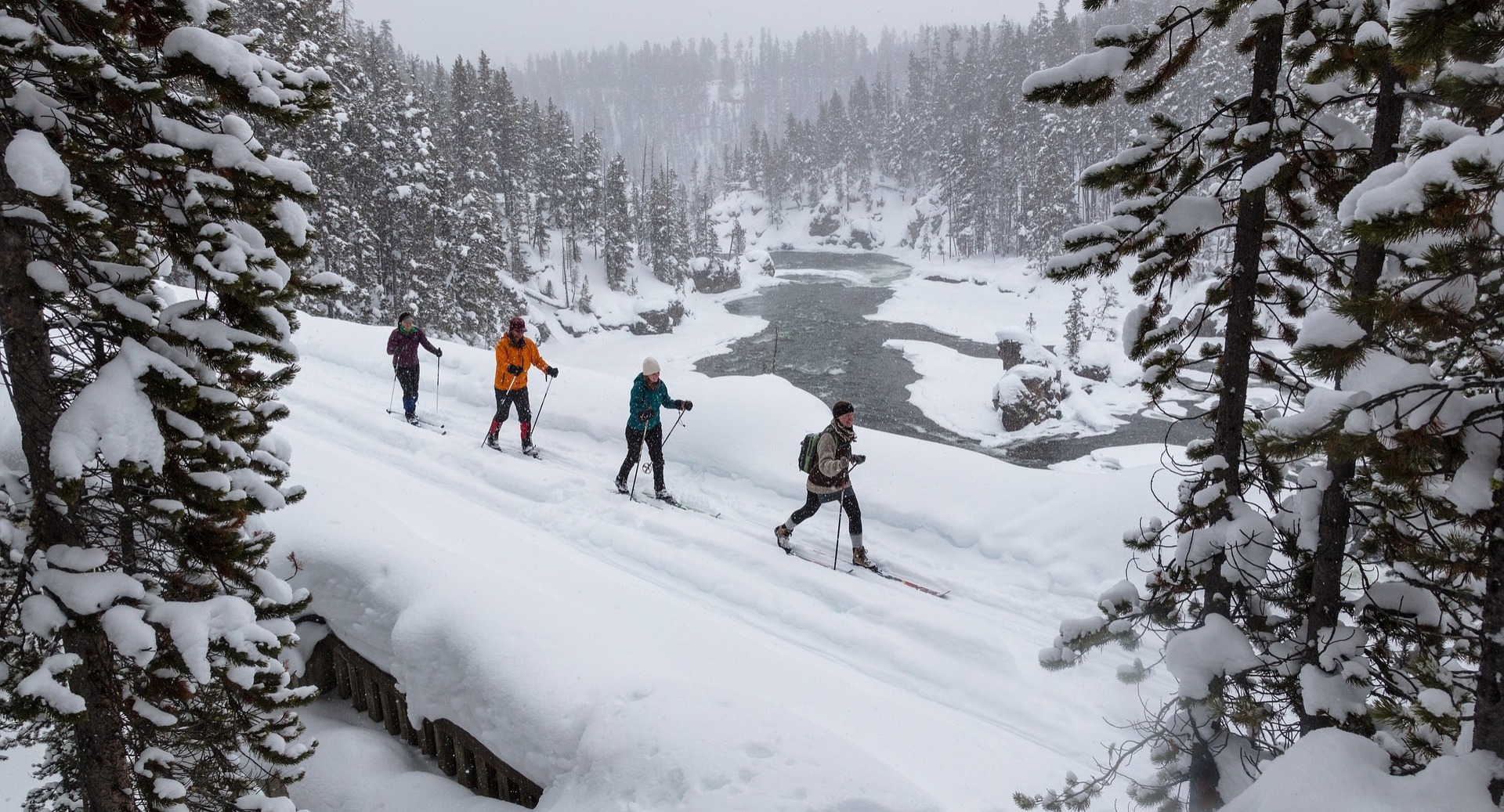How Much Does XC Equipment Cost?

The price for cross country (XC) ski equipment can add up quickly, but not all equipment is made equal.
Any ski package comes with four pieces of equipment: skis, boots, bindings, and poles. With each of those pieces of equipment, buyers can spend a little more or a little less, and so the range an XC ski equipment package can range drastically.
So, what can buyers expect when purchasing XC ski equipment?
Economical | $350 – $400
Is it possible to leave the shop for under $400? Yes. It’s possible. For someone just getting started with cross country skiing, there’s no need to break the bank. What is a buyer getting for rock bottom prices? At that price, someone is walking away with an entry-level boot and an entry-level ski, with quality comparable to department store equipment. Entry-level skis generally have scales and are heavier than more expensive models, boots typically have limited ankle support and only moderate insulation, and poles are made from heavier materials like aluminum.
While it’s a great place to start, and it’s certainly one of the most economical options for getting into the spot, this is XC equipment that doesn’t have the quality to last as many years and to give the user the best ski experience.
Mid-Tier | $500 – $800
As price increases, equipment starts getting stiffer and lighter. The ski is narrower, and therefore faster, and holds glide wax better than a product that’s a level below. Skis at this level feature differences in the grip zone’s length and type, with choices between waxable, crown (fish scale), or skin. This level of ski is what an enthusiastic recreational skier ought to look at, especially if they are using the equipment on a weekly basis, and they start at $350-$450.
A mid-tier ski boot is also stiffer and offers the skier more control for steering. A mid-tier boot retails starting at $200, but together with a mid-tier ski, allows for a more controlled experience. Even amateur skiers will benefit from mid-tier over entry-level skis as they require significantly less effort to achieve speed. Mid-tier poles are often fibreglass or carbon fibre, making them lighter, and tend to provide a glove-style strap, and you’ll find them in the price range of $50 to $100.
In the $600-$700 range, a buyer can also start considering skate skis, which are stiffer, lighter, and more race-oriented. Buyers should budget $600-$700 if they’re looking for regular-use recreational equipment or entry-level race equipment.
Some of the Nicest | $1,000 – $1,200
A ski that costs over $700 is going to be a quality product, made stiffer and lighter, with materials like carbon fiber. In addition to better materials, buyers start paying for a better fit, which helps promote superior glide and speed for those who are active in the sport. Ultimately, this price buys a user a really nice ski package with a high level of comfort and quality in both the fit for the user and better durability than some of the mid-tier products.
Top of the Line | $2,500 – $3,000
Finally, there’s the equipment that is best in class. This is where a customer is paying $1000 for a ski and $1,200 for a ski boot. Recreational skiers may balk at the price, but top of the line equipment is worth it for people who want to be at the front of the line on the racecourse. These products are dialled in for the user, use top quality materials, and refine the experience down to cambers designed for specific weights and specific snow conditions.
Buying Cross Country Ski Equipment at Ottawa's Fresh Air Experience
Fresh Air Experience is Ottawa’s landmark ski and bike shop, equipped with expert staff that can outfit first-time skiers and long-time enthusiasts. Located in the heart of Wellington West, Fresh Air Experience looks to find the best match for customers in their budget.
